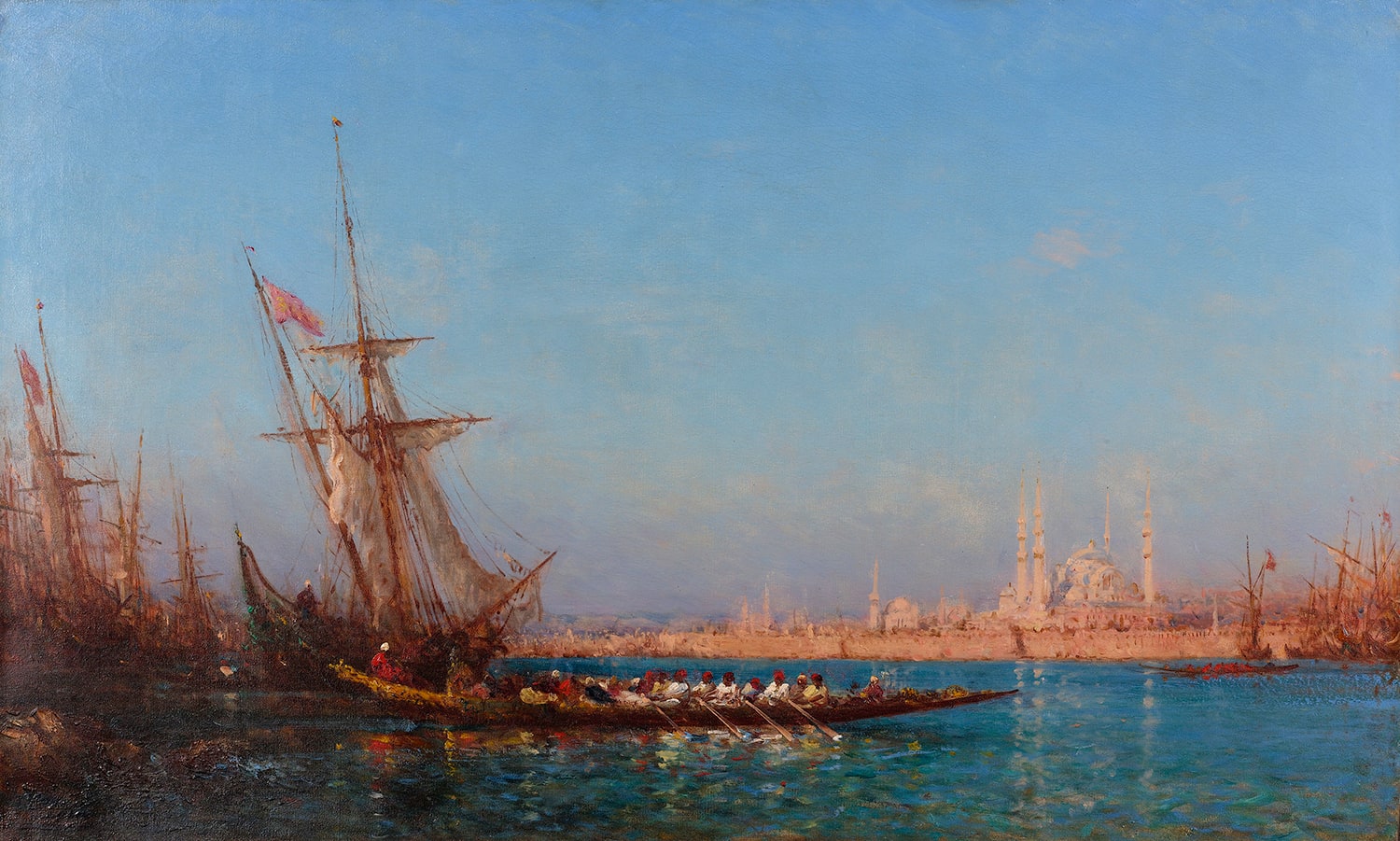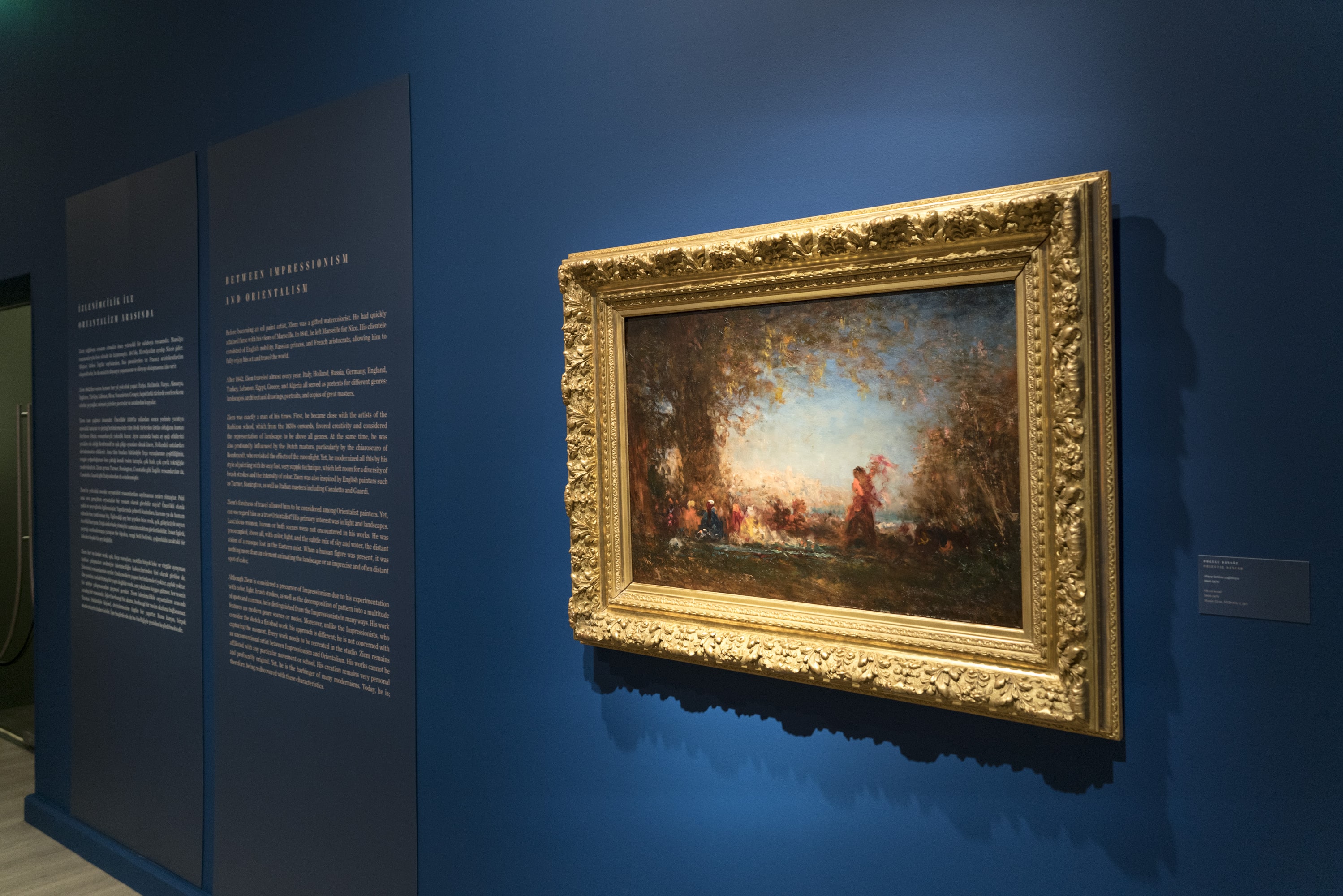Pera Kids
Ages 7-9
Are you familiar with the game Rock-Paper-Scissors? If you are, this game is quite similar, with the only difference being the moves and their names. The game features the Ambassador and Painter from our Intersecting Worlds exhibit. The players will determine the sounds and gestures that will characterize the Ambassador, Painter and Monster. As a suggestion, ambassadors can tip their hat, painters can mime painting with a brush, and monsters can raise their hands, holding their fingers like claws. Of course, you are free to come up with your own gestures. Repeat these sounds and gestures for a few times to make sure everyone has learned them. Then, two players count to three and simultaneously make one of the gestures and sounds.
The scoring is like this: ambassador beats artist, artist beats monster and monster beats ambassador. If two players choose the same gesture, the game is tied and neither gets a point. The first player to reach 5 points wins! If there are more than two players, one person can become the judge, or you can play in turns.
Related Exhibition: Intersecting Worlds
Illustrator: İpek Kay
Game Writer: Neray Çeşme
This program is presented especially for the 100th anniversary of the April 23 National Sovereignty and Children’s Day, inspired by Pera Museum's digital exhibitions.

French artist Félix Ziem is one of the most original landscape painters of the 19thcentury. The exhibition Wanderer on the Sea of Light presents Ziem as an artist who left his mark on 19th century painting and who is mostly known for his paintings of Istanbul and Venice, where the city and the sea are intertwined.

Félix Ziem is accepted as one of the well-known artists of the romantic landscape painting, and has been followed closely by art lovers and collectors of all periods since. He had a profound influence on generations of artists after him, and was the first artist whose works were acquired by the Louvre while he was still alive.

Pera Museum presents an exhibition of French artist Félix Ziem, one of the most original landscape painters of the 19th century. The exhibition Wanderer on the Sea of Light presents Ziem as an artist who left his mark on 19th century painting and who is mostly known for his paintings of Istanbul and Venice, where the city and the sea are intertwined. Through the exhibition, we will be sharing detailed information about the artist and the artworks.
Tuesday - Saturday 10:00 - 19:00
Friday 10:00 - 22:00
Sunday 12:00 - 18:00
The museum is closed on Mondays.
On Wednesdays, the students can
visit the museum free of admission.
Full ticket: 300 TL
Discounted: 150 TL
Groups: 200 TL (minimum 10 people)